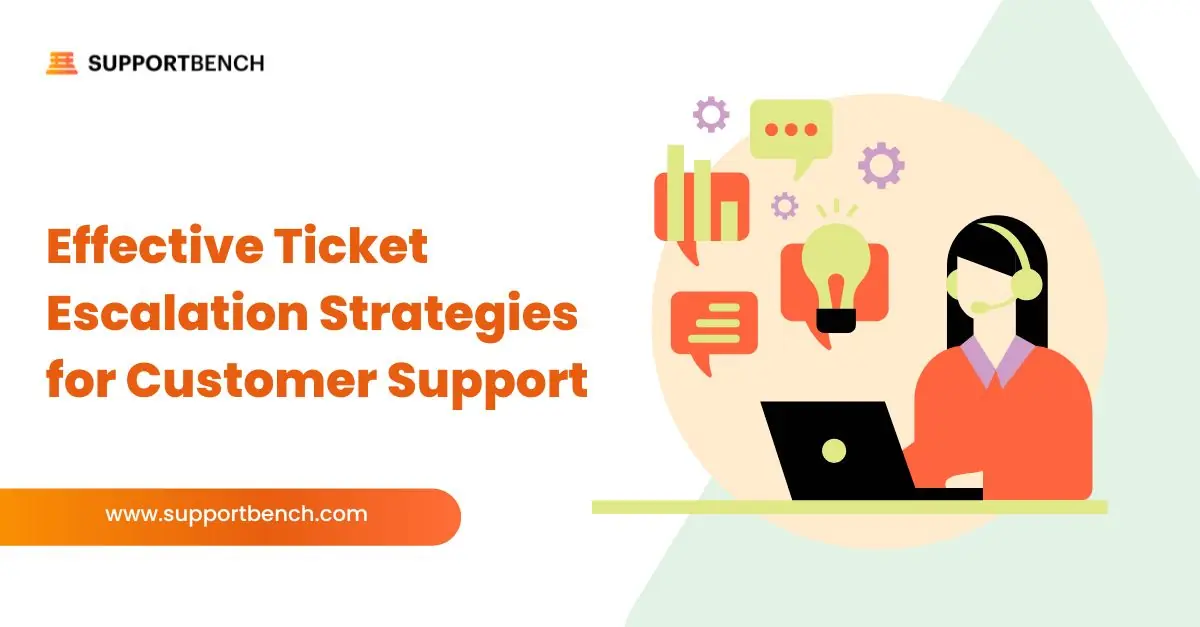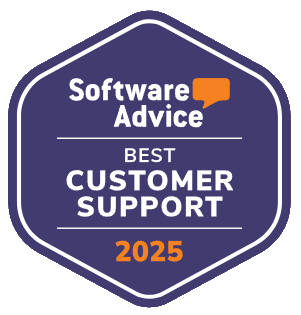Delivering customer support, particularly for B2B start-ups, is an incredibly difficult thing to get right and implement well. Supporting customers is vastly different in the B2C than it is in the B2B and requires completely different strategies and tools for your customers to have a great experience.
Let’s talk about a few key approaches to support that your start-up should take when implementing your support department.
In a B2B start-up, customer support is the frontline to understanding your customer’s experience with your brand and your product (and will ultimately dictate sales/revenue). It drives how you build solutions, how you market your business, how you sell and position your platform, and if you are really good at it, creates customers that do the selling for you by creating reviews, blogging, and sharing their stories about you on social media.
The most important decision to make at the start is how your customers should reach you. The way your customers reach you is called a communication channel. The one key learning I have found is to pick one and only one channel for customers to reach you and dominate on that channel. The reason for this is that each method of communication has its benefits and drawbacks and requires a different set of skills and as a start-up, to maximize resources, you want to focus on one skill set.
For instance:
Phone conversations require someone who is outgoing, can handle conversations well, and can think under pressure.
Live chat requires someone with good soft skills in spelling, and grammar, who can think on their feet, and multi-task.
Email requires someone with good communication skills in spelling, grammar, and time management, and who can methodically create responses to problems that anyone can understand and follow.
By picking one channel to focus on, you can effectively control it, improve on it, and most importantly set your customers’ expectations on how their relationship is going to be with you. Your customers will notice and appreciate knowing exactly what to expect and when and not the channel itself.
Most B2B businesses toy with phone and chat as a primary channel, but soon find it’s not a scalable solution and quickly goes back to what almost all B2B businesses rely on: email. Email allows you to focus on priority issues, gives you time to gather the right information, set customer expectations, and record the solution to be used later.
Focusing on one channel, will:
- – Let your team shine in one particular skill set and improve on it.
- – Set your customers’ expectations by funneling them into a place you can control.
- – Allow you to scale that channel.
The second most important aspect to implement is knowledge storage. In the same way, Sales has CRMs to track purchase history, Ticketing systems must track conversational history. The recording and
keeping of all Support related problems and their solutions are integral to building institutional knowledge that is passed down to new employees, product managers, salespeople, and even customers.
Building knowledge helps your team:
- – get up to speed with your products faster.
- – not re-invent solutions over and over again.
- – deflect customers by allowing them to find answers on their own.
Thirdly as a B2B start-up, customer health is hugely important and needs to be measured and tracked as relationships have a direct correlation with churn.
85% of consumers churn because of poor service that could have been prevented. (Kolsky)
B2B businesses typically have higher value customers who pay more for their products/services and have long-term relationships with them. Customer support agents in B2B will know intimate things about the people support: whether they’re married or have children, what sports teams they cheer for, and many more things you wouldn’t expect them to know. I knew someone so well, that years after I left a company, they visited my city and they looked me up to go for a drink. Because of these close relationships, it is vital you know how your team is supporting them, how positive these interactions are, where you are failing, and get notified if something changes in those relationships.
Track your relationships by:
- – Collecting net promoter scores
- – Gathering customer satisfaction scores
- – Recording customer effort scores
- – Analyzing sentiment and emotional responses from customers
- – Analyzing KPIs such as response and resolution times
- – Keeping notes on customer behavior
Keeping track and building this type of institutional knowledge seems like a lot, but if you plan for and implement a solution that can handle these complexities at the start, it’s easy to build and grow into.
The key takeaways are:
- – Choose one channel to support your customers and dominate that channel.
- – Store as much knowledge as possible on answered customer questions within a knowledge base.
- – Customer support is a key business pillar and is direct insight into your customer relationships and revenue retention.
Author: Eric Klimuk, CTO and founder of Supportbench. Customer support and retention platform specializing in the B2B















